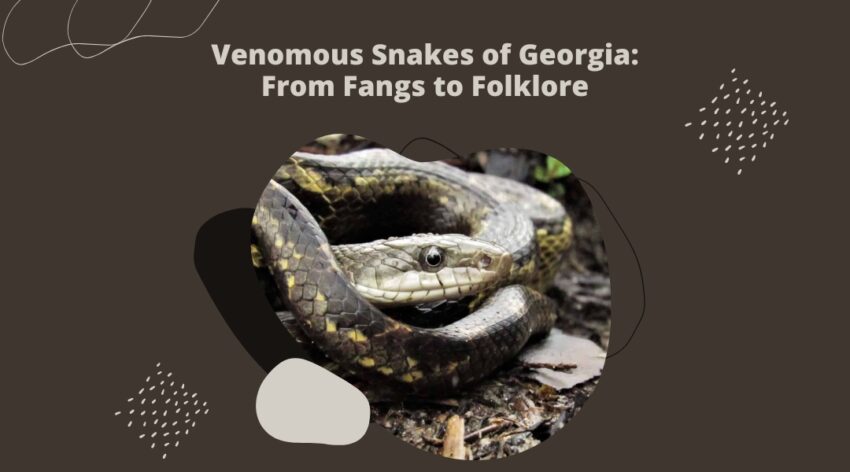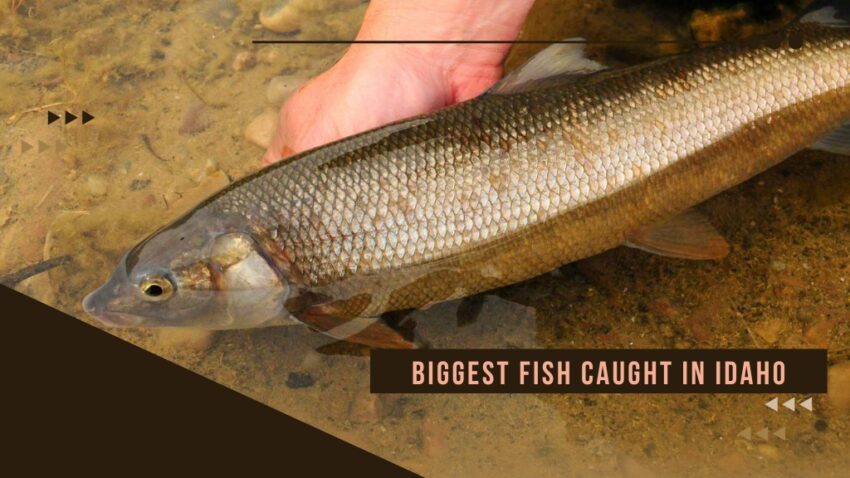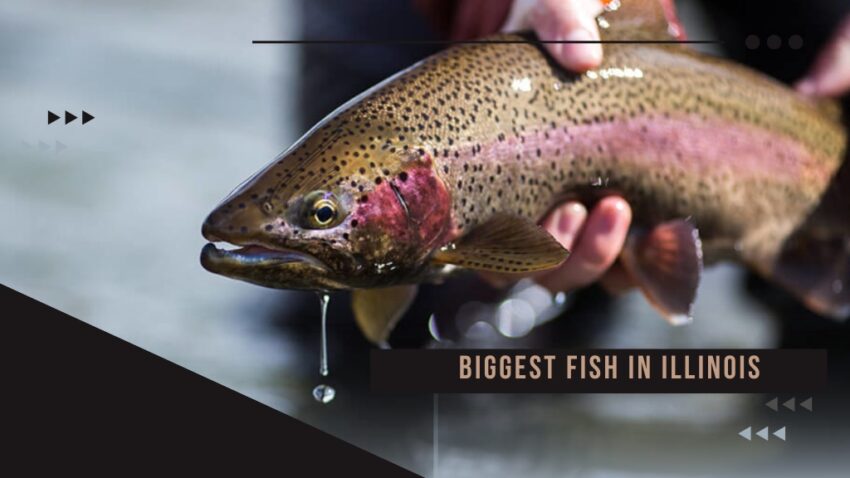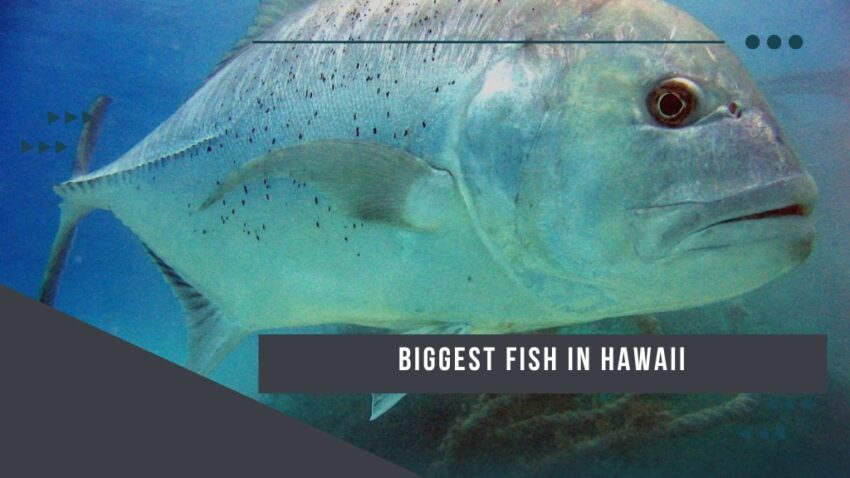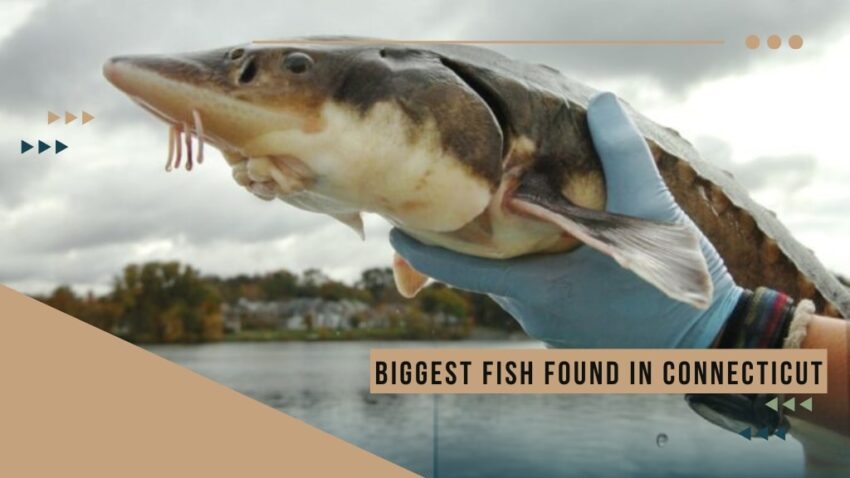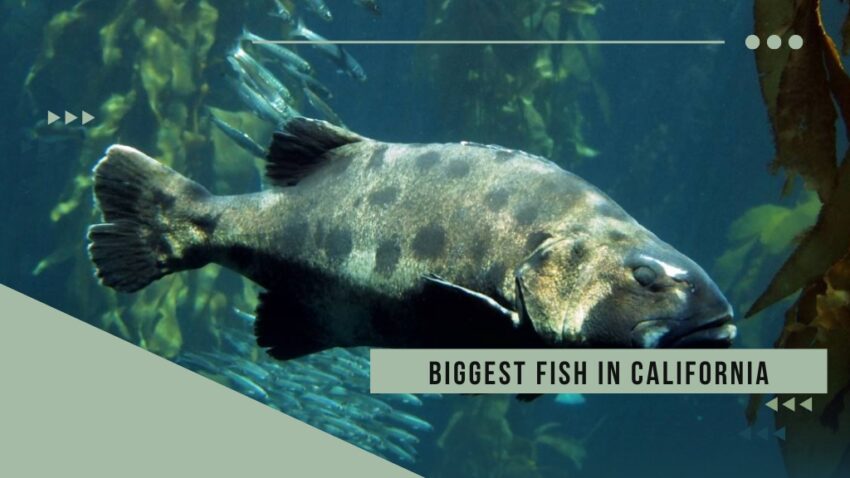When venturing into the wild landscapes of Georgia, it’s essential to be aware of the presence of venomous snakes. While encountering these reptiles may evoke a sense of caution, it’s important to appreciate the vital role they play in the ecosystem.
Georgia is home to several venomous snake species, each with its own unique characteristics and adaptations. Let’s embark on a thrilling exploration of these slithering wonders and delve into the captivating world of venomous snakes in Georgia.
1. Eastern Diamondback Rattlesnake
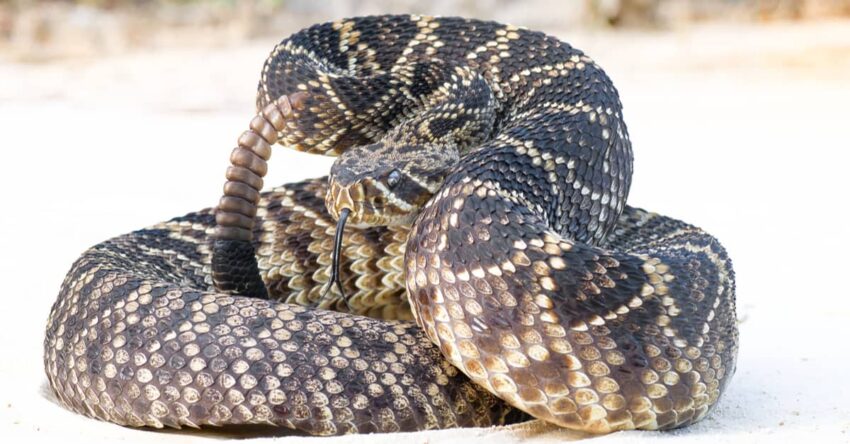
As one of the largest venomous snakes in North America, the Eastern Diamondback Rattlesnake (Crotalus adamanteus) commands attention with its impressive size and potent venom. Known for its distinctive diamond-shaped markings and large rattle on its tail, this species can grow up to 8 feet long. Found primarily in the southeastern regions of Georgia, the Eastern Diamondback Rattlesnake is an apex predator, playing a crucial role in maintaining a balanced ecosystem.
2. Timber Rattlesnake

The Timber Rattlesnake (Crotalus horridus) is another venomous serpent that calls Georgia home. With a range encompassing the mountainous regions of the state, these snakes are skilled hunters, utilizing their heat-sensing pits to locate prey. Known for their distinctive “rattle” sound, Timber Rattlesnakes possess venom that can cause severe tissue damage. However, they are generally docile creatures and will only strike if threatened.
3. Copperhead
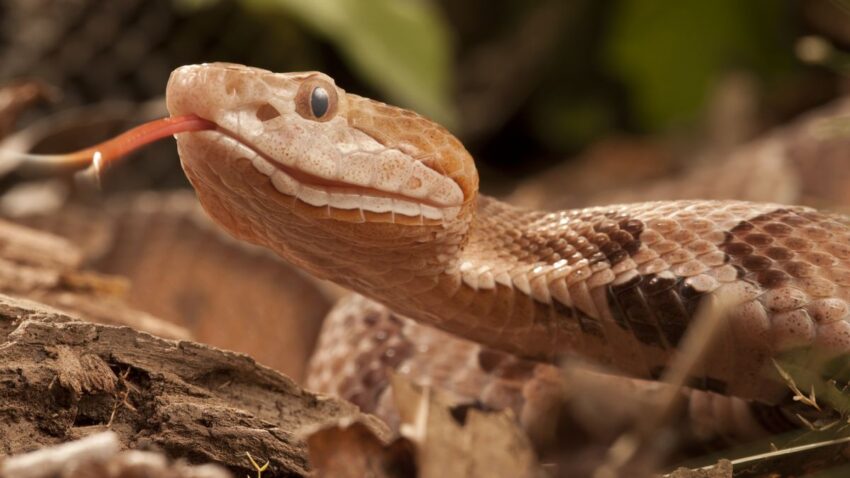
One of the most commonly encountered venomous snakes in Georgia is the Copperhead (Agkistrodon contortrix). With their beautiful copper-colored heads, these snakes are well-camouflaged among the leaves and branches of their woodland habitats. Copperheads are responsible for most venomous snake bites in the state, although their venom is rarely fatal to humans. They play an important ecological role by controlling rodent populations.
4. Eastern Coral Snake
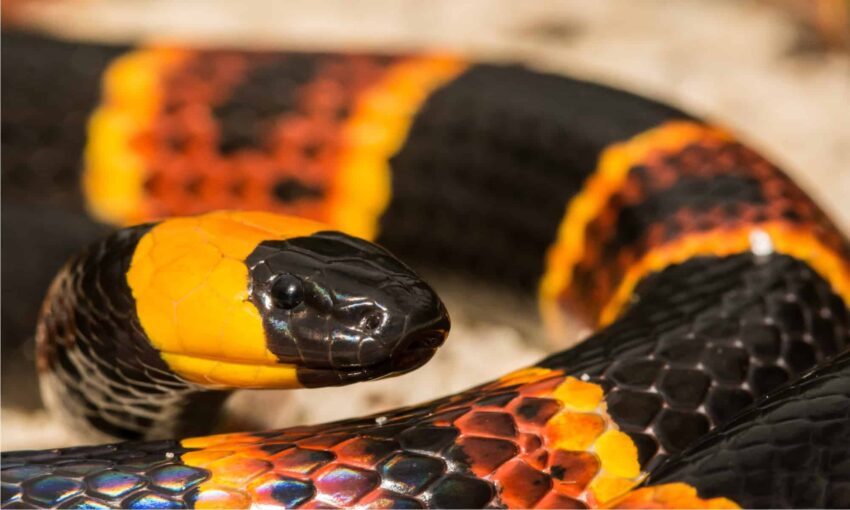
The Eastern Coral Snake (Micrurus fulvius) is a visually striking venomous snake found in the southern regions of Georgia. With its vibrant red, yellow, and black banding, this snake is often mistaken for its non-venomous mimic, the Scarlet Kingsnake. The Eastern Coral Snake possesses potent neurotoxic venom, but it is generally reclusive and rarely encounters humans.
Exploring Their Habitat: Where to Find Georgia’s Venomous Snakes
Venomous snakes in Georgia can be found in a variety of habitats, each suited to their specific needs. The Eastern Diamondback Rattlesnake thrives in longleaf pine forests and coastal marshes, while the Timber Rattlesnake favors rocky outcrops and forested areas. Copperheads are commonly found in woodlands, swamps, and even suburban neighborhoods, while the Eastern Coral Snake inhabits sandhill habitats and pine forests.
Venomous Snake Safety: Tips for Coexistence
When exploring Georgia’s natural beauty, it’s crucial to adopt snake safety practices to minimize the risk of snakebites. Here are some essential tips to coexist safely with venomous snakes:
- Stay alert and observant: Be aware of your surroundings, especially when hiking, camping, or working outdoors. Look out for signs of snake presence, such as shed skins or tracks.
- Keep a safe distance: Maintain a respectful distance from any snake you encounter, as they can strike if they feel threatened. A general rule of thumb is to stay at least six feet away.
- Wear appropriate footwear and clothing: When venturing into snake habitats, opt for closed-toe shoes and long pants to minimize the risk of a bite.
- Avoid provoking or handling snakes: Even non-venomous snakes can bite if they feel threatened. Never attempt to handle or provoke a snake, as it may lead to defensive behavior.
- Educate yourself: Learn to identify venomous snakes and familiarize yourself with their habitats and behaviors. This knowledge will help you make informed decisions and react appropriately in snake encounters.
- Use caution in snake-prone areas: Take extra care when navigating areas known for snake activity, such as tall grasses, rocky outcrops, or fallen logs.
By adopting these safety practices, you can enjoy Georgia’s great outdoors while minimizing the risk of snake encounters.
Fascinating Snake Myths and Legends

Throughout history, snakes have been the subject of myths, legends, and folktales, often shrouded in mystery and symbolism. Let’s unravel some captivating myths associated with snakes:
| Myth/Story | Description |
|---|---|
| Snake as a Symbol of Rebirth | In many cultures, snakes are seen as symbols of transformation and rebirth due to their ability to shed their skin. |
| Medusa in Greek Mythology | Medusa is one of the most famous characters in Greek mythology. Originally a beautiful woman, she was cursed and transformed into a hideous creature with venomous snakes for hair. |
| The Serpent in Eden | In Judeo-Christian tradition, the snake is associated with the story of Adam and Eve in the Garden of Eden. The serpent tempts Eve to eat the forbidden fruit, leading to their expulsion from paradise. |
Conclusion
As we navigate the landscapes of Georgia, it is crucial to remember that these snakes, although venomous, are not out to harm us. They prefer to avoid confrontations and will typically retreat if given the chance. By educating ourselves about their habitats, and behaviors, and implementing proper safety precautions, we can peacefully coexist with these fascinating reptiles.
So, the next time you venture into Georgia’s wilderness, remember to tread with care, keep your eyes open to the wonders around you, and marvel at the intricate beauty of venomous snakes, both in reality and within the realm of mythology. Understand their ecological significance and acknowledge the rich cultural heritage that surrounds them. In doing so, you will not only deepen your connection to nature but also contribute to the preservation of Georgia’s precious biodiversity.
Related Posts:
- Georgia Godwin Biography, Wiki, Age, Height, Family & More
- 5 Best Camping Spots in Georgia: Top Destinations…
- The Biggest Fish in Georgia: A Guide Through the…
- Unveiling the Truth About the Venomous Snakes in Arizona
- Venomous Vipers: Exploring Poisonous Snakes in California
- Slithering Wonders: Unraveling the Mysteries of…

